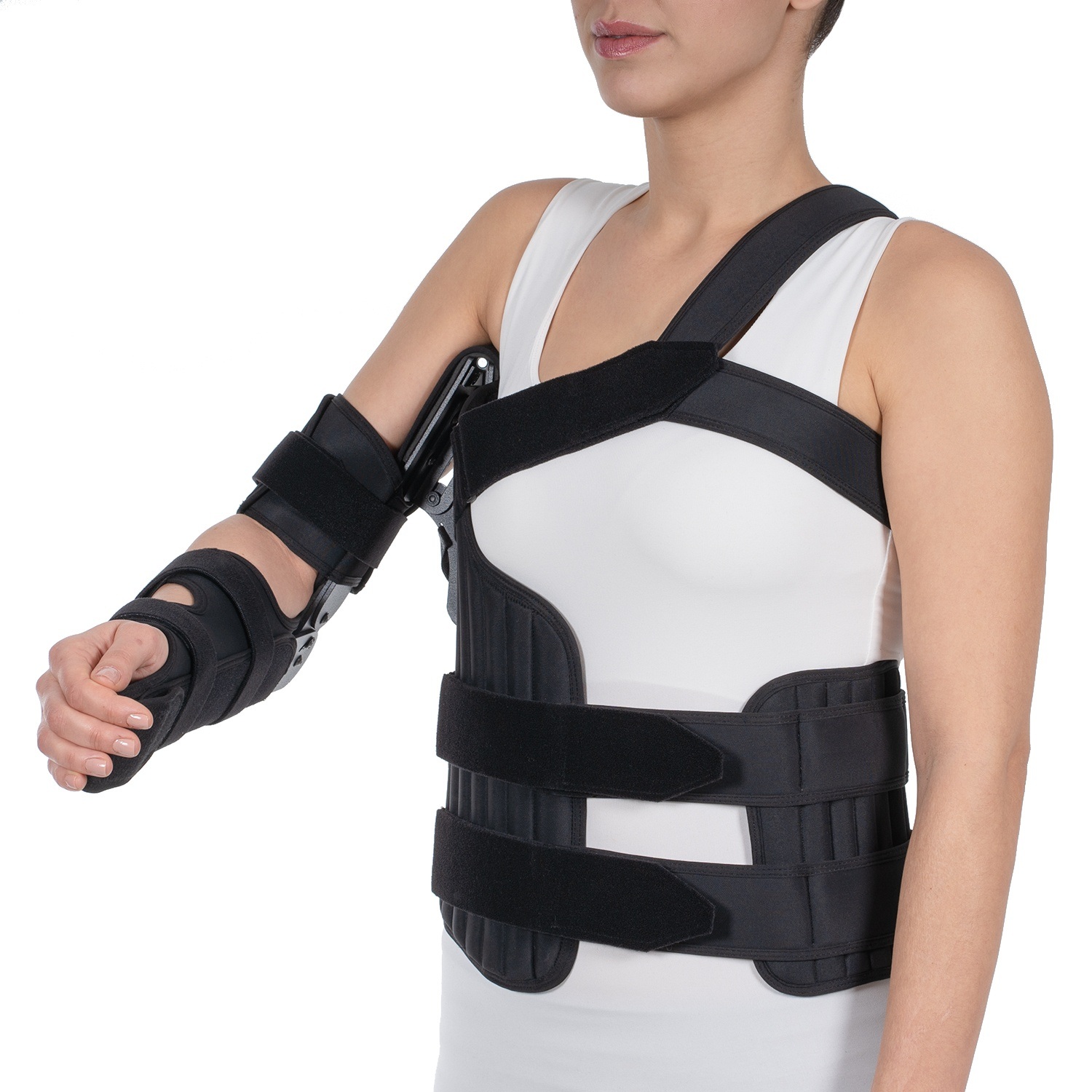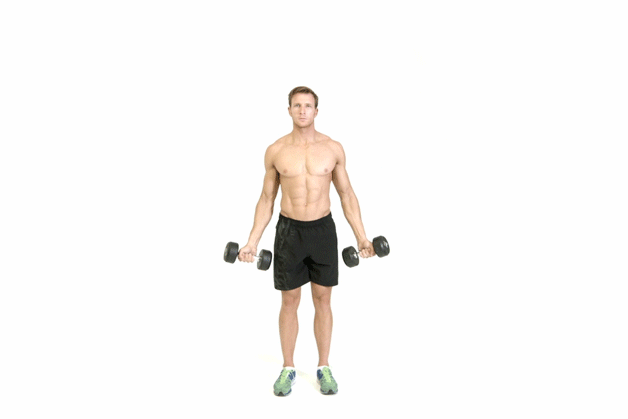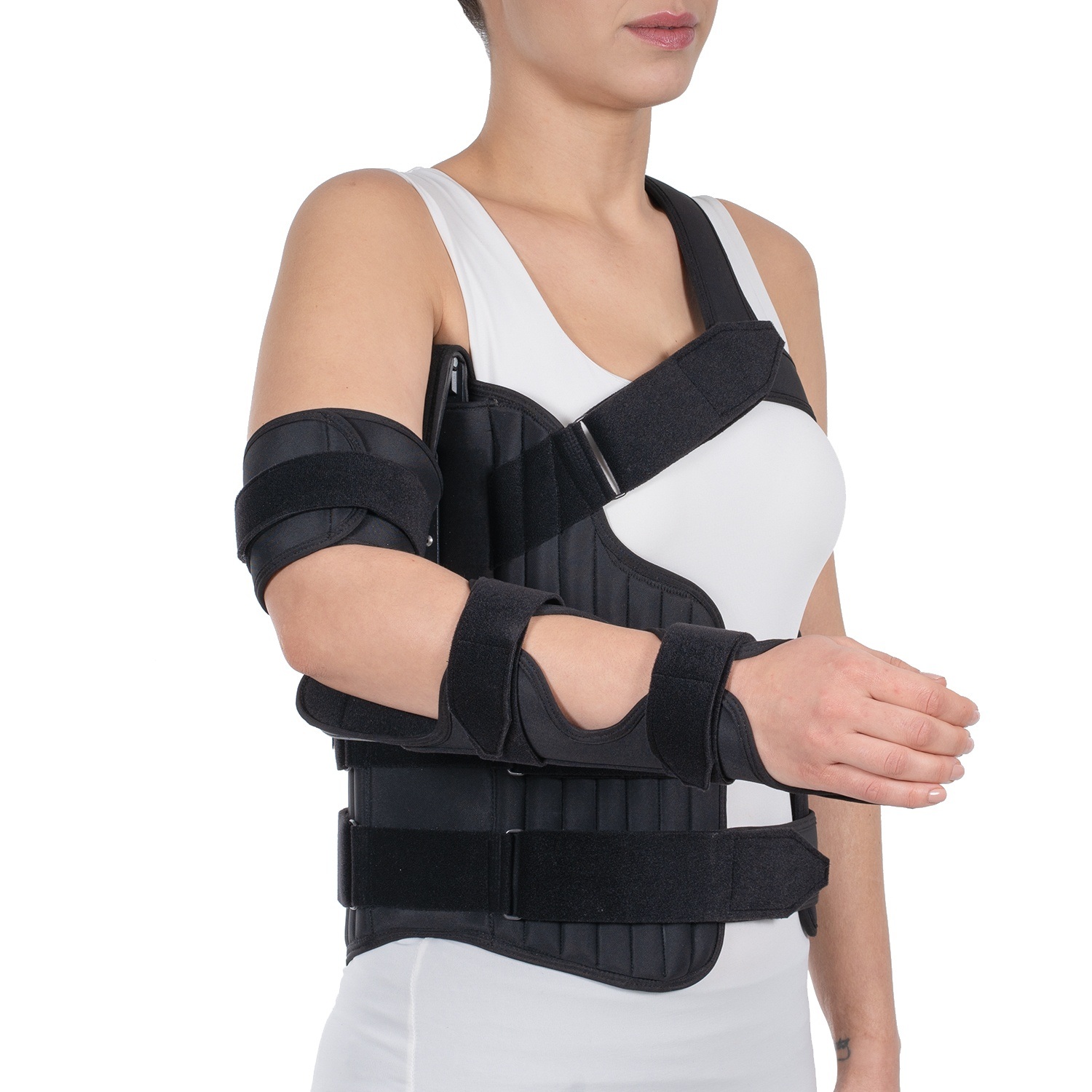

Ongoing studies are targeted on mechanical and biochemical factors influencing soft tissue integrity, performance and remodeling.ĭr. More recently, his focus has been on soft tissue mechanics, including tissue regeneration and non-invasive assessment using medical imaging such as magnetic resonance elastography and ultrasound. Subsequently, his research interests expanded to include the kinesiology of upper extremities, sports and rehabilitation medicine and orthopedic surgery. His research in orthopedic biomechanics was initially motivated by the task of developing an artificial implant for total joint replacement.


His research interests have been in the areas of pathophysiology and biomechanics of the joint, soft tissue, and bone. He is the Chair of the Division of Orthopedic Research, and the Director of the Biomechanics Laboratory. He is a Professor of Bioengineering, and the John & Posy Krehbiel Professor of Orthopaedics at Mayo Medical School, USA. from Lehigh University in Bethlehem, PA, USA. He is a member of the American Statistical Association. As co-investigator for a low back pain study, he is developing a survey for understanding physicians’ perceptions and practice patterns relative to accepted medical guidelines. His current research projects include the statistical evaluation of floor surface friction measurements, estimation of length of disability for leading injuries in the construction industry, and multivariate analysis in laboratory studies. Earlier, he spent 14 years as a biostatistician in the Academy of Science at the Institute of Genetics and Cytology in Belarus, Minsk (Russia). Prior to coming aboard at the Research Institute, he worked for Primedica and was responsible for determining statistical design and analyses for pre-clinical and clinical studies. He is a research associate at the Liberty Mutual Research Institute for Safety in Hopkinton, MA, USA.

in biostatistics at Belarus State University (Russia). in computer science at Radio Engineering Institute in Belarus, and an M.Sc. As a result of the high correlation between the AGA and mean force and mean moment (0.80, p ⩽ 0.01 and 0.69, p ⩽ 0.05, respectively) at the glenohumeral joint in a coronal plane, the AGA was distinguished as a factor having influence on shoulder strength when an arm was abducted in a range from 5° to 30°. In addition to these, a new geometric parameter, named the area of glenoid asymmetry (AGA), was considered to reflect the concavity-compression mechanism as well as the inclination of the glenoid surface. Seven parameters describing the glenohumeral joint geometry in the coronal plane were identified as having expected influence on shoulder strength. The isometric shoulder strength of 12 subjects during one-handed arm abduction in the coronal plane, in a range from 5° to 30°, was correlated with the geometries of their glenoid fossas. This study was conducted to test whether glenohumeral geometry, as measured through MRI scans, is correlated with upper arm strength.


 0 kommentar(er)
0 kommentar(er)
